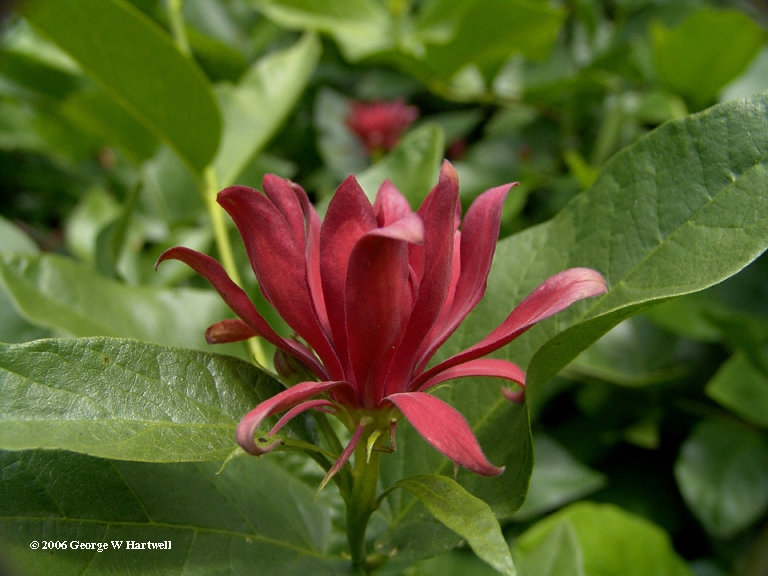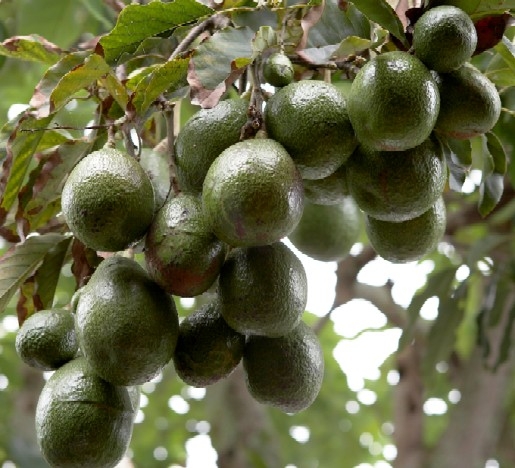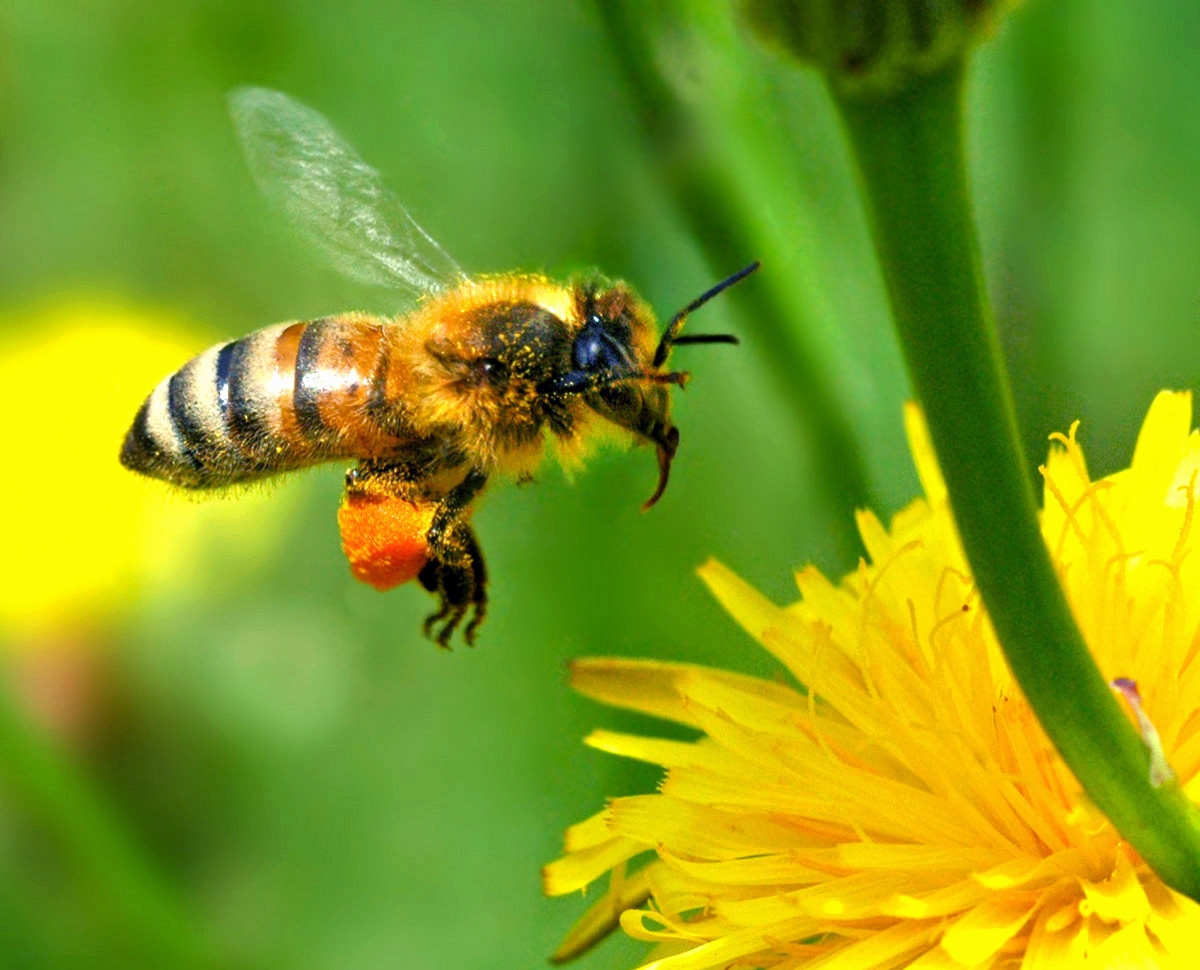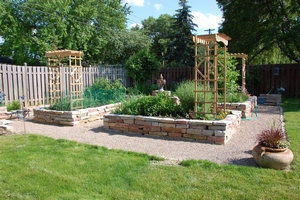We had enough rain to bring those soggy areas of the garden you’ve been vowing for years to do something about to the top of the to-do list. Whether they’re caused by excess rain on your property, from the neighbor or from poor soil drainage, they can be a challenge or an opportunity when designing the garden.
One way to handle runoff is to intercept the water and drain it way with an open ditch, French drain or underground pispe. Better still- develop an on-site collection system. Dry river beds can be designed to aid in rain water harvesting. Above ground water tanks and submerged collection tanks are becoming common to save excess water flowing off the impervious surfaces of your roof, patio, walkways and driveway. Another method of retaining water on your own property is to channel it into a dry-well, a hole filled with drain rock. From here, the water can disperse slowly into the surrounding soil.
Soggy spots can also . Sometimes the same property can have a complex pattern of soils that vary sharply from one area to another. Or soil can become compacted from heavy equipment and need to be broken up with a backhoe, excavator or by hand with a pick.
In some cases, natural topsoil may have been scraped away as is sometimes the case after septic work leaving the hardpan underneath exposed. This can be broken up and lots of compost dug in to keep it loose. New topsoil may need to be added to increase fertility and drainage.
If you still have a naturally wet area, you may choose to live with it and select plants that thrive in damp conditions. A rain garden, one type of on-site collection system, is a depression made in the soil and planted with wet tolerant plants. It can be as small as 100 square feet. To create one, dig a shallow bowl or build a berm to hold the water. Run-off water diverted to a rain garden is  slowed so is can seep into the soil. They also filter out pollutants than run off from buildings and driveways.
slowed so is can seep into the soil. They also filter out pollutants than run off from buildings and driveways.
Choose plants that will thrive in in wet winter and dry summer conditions. Native plants that will do well include trees like alder, sycamore and Calif. fan palm.
Native shrubs that tolerate these conditions are spicebush, pacific wax myrtle, western mock orange and sambucus. While native perennials to try are western columbine, wild ginger, carex pansa, deergrass, red fescue and wild grape.
Ornamentals that don’t mind having their feet wet include bee balm, New England aster, ligularia, lobelia cardinalis, hosta, calla lily, lysimachia and Japanese iris. Grasses and grass-like plants that work in this situation are acorus, chondropetalum, fiber optic grass, cyperus and equisetum.
Think of all that rain and moisture as an opportunity in your garden.

 d an avocado tree there are several varieties that do well here. The Bacon avocado is hardy to 24 degrees. You can harvest medium sized fruit from November-March. They even produce at a young age and grow to 30 feet tall. Fuerte avocado have excellent flavor. This tree is large and spreading, hardy to 28 degrees and the fruit ripens from November-June. Zutano is another good variety for this area. Mexicola varieties are also very good.
d an avocado tree there are several varieties that do well here. The Bacon avocado is hardy to 24 degrees. You can harvest medium sized fruit from November-March. They even produce at a young age and grow to 30 feet tall. Fuerte avocado have excellent flavor. This tree is large and spreading, hardy to 28 degrees and the fruit ripens from November-June. Zutano is another good variety for this area. Mexicola varieties are also very good. , through the whole growing season. Choose several colors and shapes of flowers, plant flowers in clumps and plant where bees will visit- in sunny spots sheltered from strong winds.
, through the whole growing season. Choose several colors and shapes of flowers, plant flowers in clumps and plant where bees will visit- in sunny spots sheltered from strong winds. 
 ur garden utilize permeable paving like gravel or pavers that help manage runoff, giving the soil more time to absorb rainfall and recharge the ground water?
ur garden utilize permeable paving like gravel or pavers that help manage runoff, giving the soil more time to absorb rainfall and recharge the ground water?